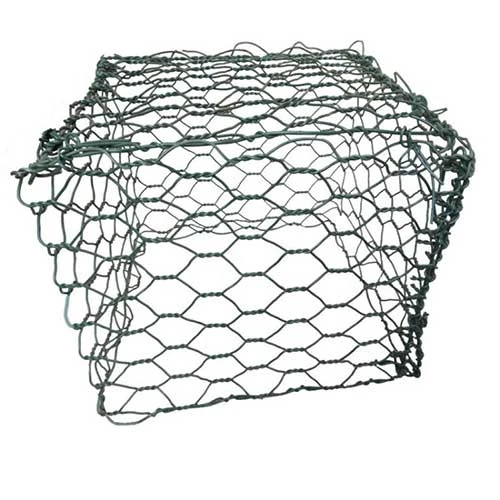-
 Phone:
Phone: -
 Email:
Email:

barb wire on fence
The Role of Barbed Wire on Fences A Historical and Practical Perspective
Barbed wire has become a ubiquitous feature in agricultural and security environments since its invention in the late 19th century. Its primary application revolves around fencing, serving as an effective method of containing livestock and providing security against intruders. This article will delve into the historical significance, practical applications, and cultural implications of barbed wire, particularly focusing on its role in fencing.
Historical Context
The invention of barbed wire can be traced back to 1873 when Joseph Glidden patented a design that revolutionized fencing practices across the United States. Prior to barbed wire, farmers relied on wooden fences, stone walls, and other materials that were often costly and time-consuming to maintain. Glidden's innovation provided an inexpensive and efficient solution, contributing to the rapid expansion of the American West during the late 19th century.
Barbed wire allowed homesteaders to enclose vast tracts of land quickly and effectively, thereby marking their territory in regions where open range was still the norm. It became a symbol of the West—the boundary lines of cattle ranches and farmland were defined by this twist of steel.
Practical Applications
Today, barbed wire is not just a relic of the past; it serves many practical purposes. The primary function of barbed wire fencing is to enclose and protect livestock. Livestock, especially cattle, can be quite powerful and determined creatures. A standard wooden or plain wire fence may not deter them effectively. Barbed wire presents a formidable barrier; its sharp points discourage animals from pushing against it, thus minimizing escape attempts and protecting crops from being trampled.
barb wire on fence

In addition to agricultural needs, barbed wire is commonly used for security purposes in both urban and rural areas. It is often found atop fences surrounding correctional facilities, military installations, and high-security areas to prevent unauthorized access. Similarly, commercial properties and homes in high-crime areas utilize barbed wire as a deterrent to trespassers.
Moreover, barbed wire serves a crucial role in wildlife management. It is often employed in areas where livestock coexist with wild animals. The barriers help keep domestic animals separated from potentially dangerous wildlife, thereby protecting both the livestock and the indigenous animals from conflict.
Cultural Implications
Barbed wire holds a complex place in societal consciousness. While it embodies security, resilience, and agricultural progress, it also evokes feelings of division and entrapment. In art and literature, it often symbolizes boundaries—both physical and metaphorical. For instance, numerous artists and photographers have utilized barbed wire in their work to comment on incarceration, separation, and conflict.
In some contexts, barbed wire fences represent socio-political barriers, reminiscent of borders that divide nations and cultures. The image of barbed wire is often invoked in discussions around migration, war, and human rights, highlighting its duality as both a protective measure and a means of oppression.
Conclusion
Barbed wire has undeniably transformed the way we think about boundaries—whether they pertain to property, safety, or sociopolitical divisions. Its invention has allowed for the expansion and protection of agricultural practices, while simultaneously serving as a critical component in security across various settings. The image of barbed wire on a fence is more than a mere functional tool; it encapsulates a rich historical narrative and a duality that resonates deeply in contemporary society. Whether viewed as a means of protection or a symbol of division, barbed wire remains a significant and multifaceted fixture in our landscape.
-
Wire Mesh for Every Need: A Practical SolutionNewsJul.25,2025
-
Steel Fences: Durable, Secure, and Stylish OptionsNewsJul.25,2025
-
Roll Top Fencing: A Smart Solution for Safety and SecurityNewsJul.25,2025
-
Cattle Farm Fencing Solutions for Maximum SecurityNewsJul.25,2025
-
Affordable Iron Binding Wire SolutionsNewsJul.25,2025
-
Affordable Galvanized Wire SolutionsNewsJul.25,2025
-
Wire Hanger Recycling IdeasNewsJul.25,2025








